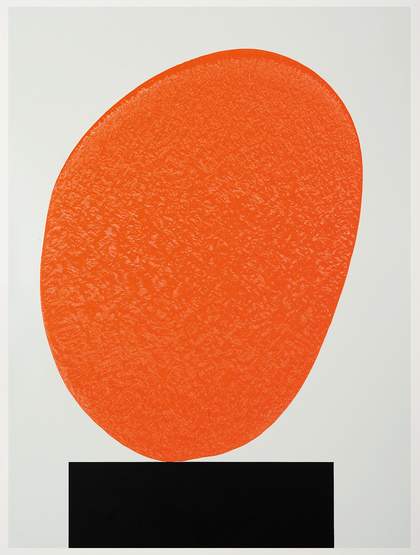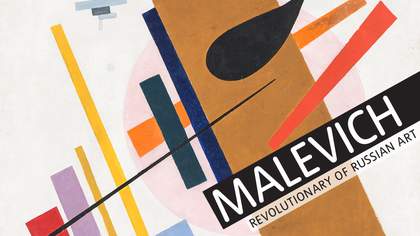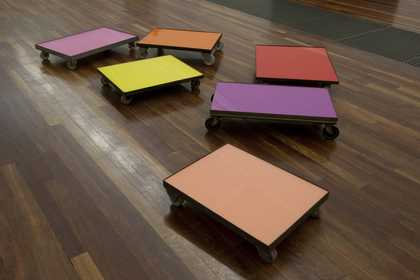
David Batchelor
Colour Chart 38 2011
1650 x 1200mm
© David Batchelor, courtesy the artist
The first time I really paid attention to Malevich’s art was in the slightly unlikely setting of the British Museum. A selection of twentieth-century works on paper from the Museum of Modern Art in New York was being exhibited in the prints and drawings department. As far as I remember it was during the second part of the 1970s and I was at art college. I was familiar with Malevich’s abstract painting and, like many of my contemporaries, I was intrigued by and impressed with the idea of an art that was somehow both formally and politically revolutionary. But I had never really looked closely at the work.
The only drawing I now remember from the exhibition was a square sheet of white paper with a single black square at its centre. It was extraordinary, not just because of its radical abstraction and its exclusion of just about everything that drawings usually have or need, but because, in spite of these exclusions and refusals, it remained so compelling and complete. This had a lot to do with the way it was made. In place of what I had anticipated - some sort of dry diagrammatic exposition of Suprematist theory - there was a work of strange, rich, dark intensity; a mass of over-worked, hand-drawn graphite lines that left a dense, shiny, damaged and absolutely gorgeous surface. I had never expected such a work to be so beautiful.
A decade or so later I had another encounter with Malevich. This time it was at the Stedelijk Museum in Amsterdam, which in 1989 was hosting a large retrospective ranging from the artist’s earliest Impressionist-Fauvist-Cubist-Futurist paintings to the strange late work that Donald Judd, among others, had warned me about. I had been interviewing Judd in London for Artscribe magazine. He had just come from Amsterdam and spoke rather ominously about what he saw as a largely reactionary presentation of Malevich’s art, one that sought to dilute the abstract achievements of the immediately pre- and post-revolutionary period by placing them among what he dismissed as the more conservative later figurative work.
Duly warned, I made my trip to the Stedelijk and would have come away very happily rewarded by the several rooms of brilliant and exuberantly improbable constellations of shape and colour that were his Suprematist works from the years around the Bolshevik revolution. I was fully aware that in the years after Stalin assumed power in the Soviet Union the artists associated with Constructivism had become increasingly isolated and ostracised, sometimes violently. So I felt ready to forgive Malevich his apparent capitulation to some form of legitimatised aesthetic realism in the later 1920s and early 1930s. That was big of me, but I really needn’t have worried.
What I found in the later rooms of the exhibition was strange, to be sure; it was idiosyncratic and irregular and sometimes even desperate perhaps. But at the same time, and against all the odds, to me these paintings never felt like any kind of capitulation or turning away from the earlier work. They looked different, obviously enough, but they had the avividness, the economy, the brilliance and the rare humanity that all his best work shared. In fact, Suprematism remains a literal presence in some of these late works. In the lower corner of several of the paintings, just where you might expect to find a signature, there is instead a tiny autographic black square.


